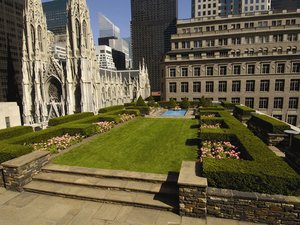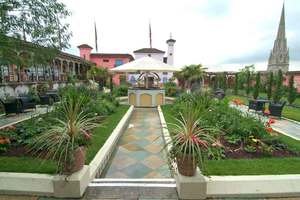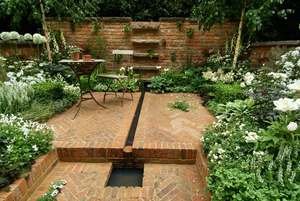A garden is a personal and intimate undertaking. Its landscape design is as important as the design of the kitchen, the floors or what color you choose to paint the bedroom. It’s about balance and color, circulation and form, and practices of contrast and repetition. A garden can be as simple as planting a few perennials or beginning with a full blown architectural design. It all boils down to the same intent: creating a visually appealing backdrop for your property, an extension of your indoor space.
When you hire a landscape designer for a New York City garden, you are pretty much guaranteeing the purpose of your garden will be fulfilled at every level. Even a small garden can be a challenge. Plant selection and taking advantage of limited space requires a range of techniques that a professional has been trained to utilize. That includes proven tactics like “creating illusions,” making small environments seem larger through proper placement.
Choosing plants must be approached carefully. It is a critical component in designing a garden. Yet the average person tends to select plants based on tastes and colors. But if you hire a landscape designer for a New York City garden, their advisement will include horticultural knowledge, planting ideas and color theory. They will know all the variables for selecting winning combinations and circumvent the trial and error that can go into creating a great garden.
When you go the smart route and hire a landscape designer for a New York City garden, whether it be a vertical landscape or a backyard design, you are accessing a wealth of information that you will never get out of a book, the Internet or a TV show. You will be partnered with a professional. Landscape design is an independent profession with a design and art tradition, combining nature and culture with knowledge of design, planning, architecture, sustainability and horticulture. They will be able to explain the viability of your designs and the most cost effective ways to implement them. Plus, they will have a directory of satisfied customers and a portfolio of images that demonstrate why you want a professional to work with you.
To hire a landscape designer for a New York City garden is to better define the purpose of your garden and ensure a successful execution of ideas.


























